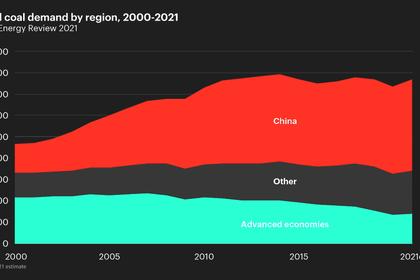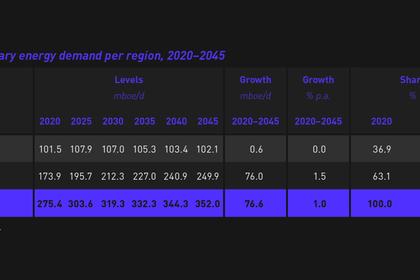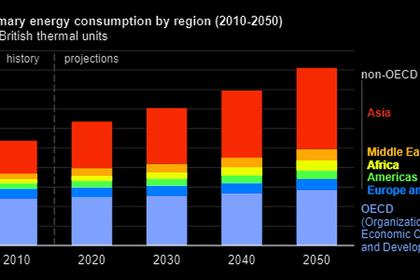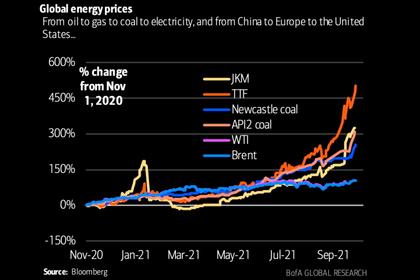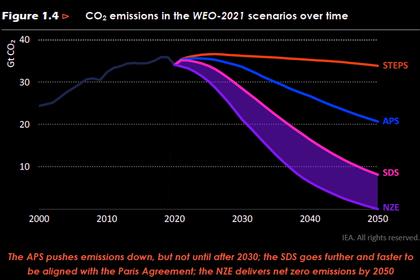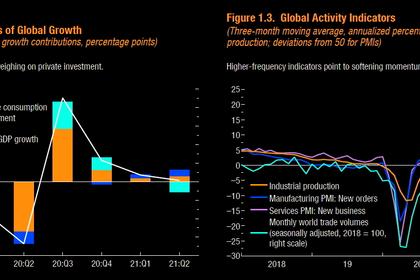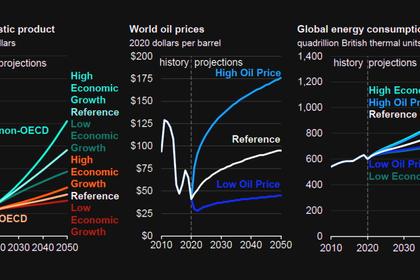In the energy industry, a recent survey by Brunel and Oilandgasjobsearch.com. revealed that almost half, that is 43 percent of workers worldwide are considering leaving the energy industry within the next five years. Where do you see your utility in the 5 years? Should you be worried? Addressing the issues, employees have stated their primary reasons for quitting. 25 percent for low-income, 25 percent for poor benefits, 18 percent for low ceiling or lack of growth and development. The single largest challenge for the energy industry is an aging workforce and skills shortage. “Global lockdowns have enabled many workers and employers to experience a new way of working, whether it be through hybrid working, the way we engage, recognize and communicate with our teams,” Christine Anderson, Head of Global HR – Brunel, said. Is this an opportunity for utilities to broaden their horizons by embracing a new normal or are we catching a glimpse of a bleak and cold future?
"Today as the world evolves, what we knew as "normal" has changed dramatically" said Jilko Andringa, CEO of Brunel International. "Advances in science and technology are all responsible for the acceleration of progress, significantly increasing energy efficiency, re-defining the energy transition and driving ground-breaking ideas that will power the globe in the future. Perfect timing for the future generations of specialists who are considering entering the industry.” People are quitting their jobs at record pace. The CEO of a solar-panel company said he scheduled 8 interviews looking for a new electrician, but only 2 candidates showed up. In truth, as many as 90% of candidates don't turn up to job interviews, and some quit soon after being hired.
The World Travel & Tourism Council (WTTC) recommended that governments and business address the labor shortage by facilitating labor mobility, remote working, upskilling and retraining the workforce. Many companies are ramping up for the holiday rush but a labor shortage continues to slow business. Companies like UPS and FedEx are requiring everyone to work longer, which in turn, becomes a safety concern. On the topic of mental and physical health, 15 percent said they weren’t working because of their mental health, and 30 percent said it was because of their physical health. The number of job openings, however, is at an all-time high of more than 11 million. An example of how this will impact the industry, Solar Energy Industries Association (SEIA) has set a target for solar to reach 30 percent of US electricity generation by 2030. However, the only way to achieve this, the industry, which had a workforce of around 230,000 in 2020, needs around 800,000 more workers. "Hiring has been a challenge for a decade but the pandemic exacerbated it to the extreme," Matthew Messer, the owner of New York Solar Maintenance. Many companies are adding perks to aid in retention. Beyond time off, more companies are offering wellness packages from art classes to therapy dogs, said Rebecca Rice, a professor of communication studies at the University of Nevada Las Vegas. Such extras can be nice, but ultimately they’re “a temporary fix to a broader feeling of everyone being overextended,” said Rice.
If benefits are a temporary fix, what is the long-term solution? As employment demand outweighs labor supply, how will utilities create, find and recruit a workforce during the pandemic?


